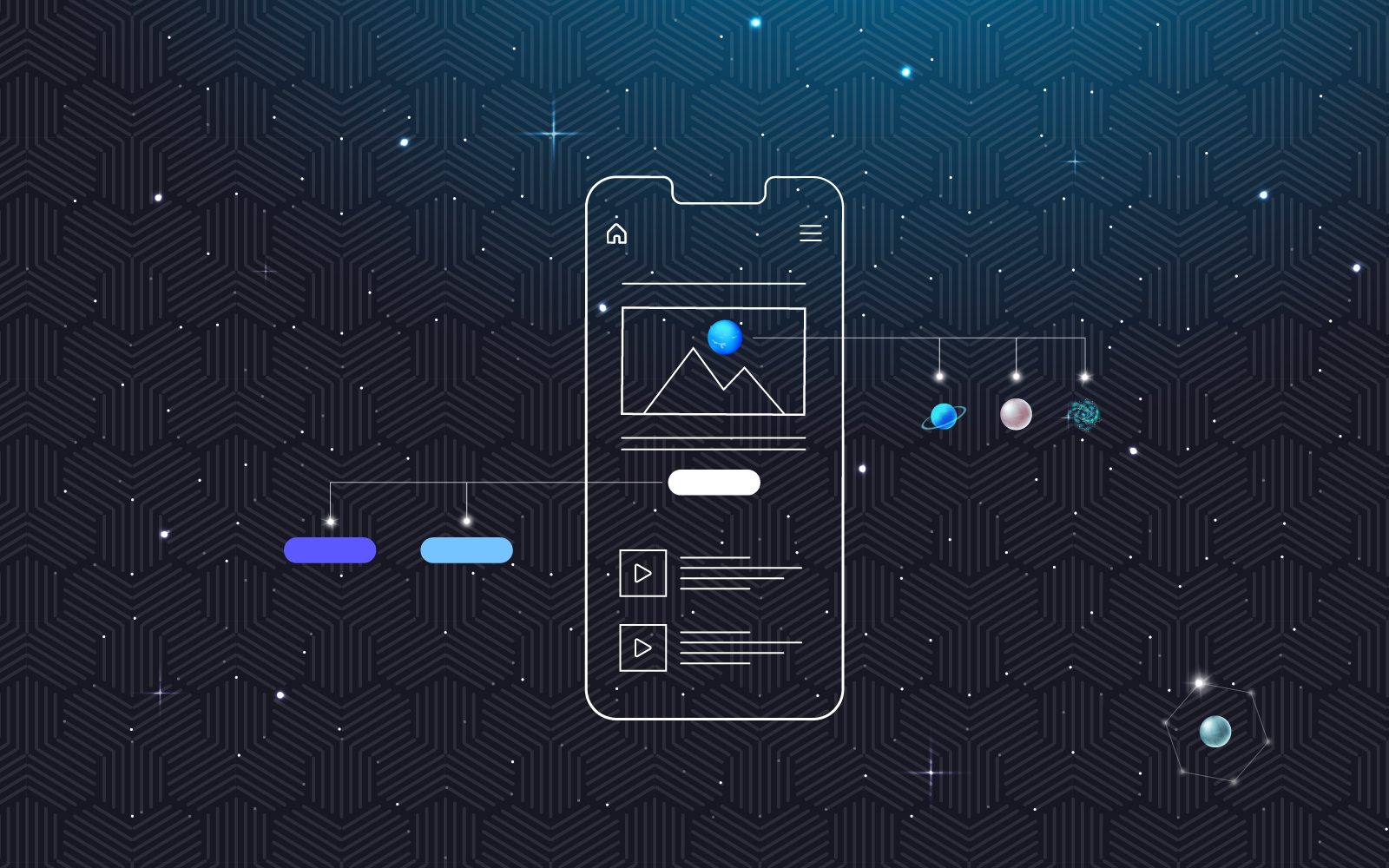How Website Design Can Affect Traffic & Conversions
As humans, we rely on our senses to make first impressions of people we meet. This study found that more than 69% of people form a first impression of someone before speaking. The key indicators contributing to these first impressions range from smiling, politeness, listening, and even smell. With so much of our first impressions stemming from our senses and interpersonal cues, how can we translate first impressions into the digital world?
For example, when people land on a website, they do not have the interpersonal cues they rely on when forming an impression of a person. They must develop an impression based on the information served to them via the website. To make a positive impression, a website must clearly communicate its value- and communicate it quickly. We’re talking roughly 50 milliseconds, quickly.
If your website does not meet the user’s requirements, they will leave, which will lower your traffic and reduce your conversions. However, successful web designers and development companies know the secrets of keeping potential customers on a website and how to increase traffic and conversion. Lucky for you, we are going to let you in on our web design secrets and some simple tricks that can help with your first impression and increase your traffic & conversions.
Use Colors Wisely: Color can have an immediate emotional connection with your visitors, and when used correctly, they can help improve conversions. Using colors will guide your website’s look and feel from bright and cheerful colors like orange and yellow to cool greens and blues. When you use color, be mindful of what message you are sending your potential customer. Don’t overlap text with the same color, and try to use color psychology to entice and educate your customers about your business.
Don’t Fear the Whitespace: To convey your message, you do not need to cram as much information, color, and text as possible into your website. More is not always better with website design, as using whitespace properly can help create a visual distinction between blocks of data and imagery. Correctly using whitespace in your design can help you more efficiently guide your customers to the right information, increasing overall conversions.
Mobile-First Web Design: With 40 percent of online traffic coming from mobile devices in the United States, mobile-first design directly relates to conversions. What does this mean for your design? This means that when you begin the design process, you should start with building out mobile-first. Typically, the smallest screen (mobile), presents the most challenging design hurdles. Once the design is built for the smallest screen, it is easier to scale up. Creating mobile-first also helps with responsive design, which is how well web pages render on devices with different screen sizes.
A Well-Placed CTA: If you want the people who visit your site to complete specific actions, tell them using a Call to Action (CTA). A CTA is any link, image, or form on a website designed to capture a customer’s attention and lead them to a conversion. A well-designed website should have CTAs in eye-catching locations without disrupting the natural flow of the page.
Give Customers What They Want: Do not make your customers search for products or create any difficult hurdles on your site. According to Hubspot, 76% of consumers want a website that is easy for them to find what they want. The more obstacles and clutter you put in front of a customer, the more likely they are to look elsewhere. To combat this, design your website to convey information in an organized, thoughtful, and deliberate way. Avoid slapping them in the face with nonessentials; they will most likely bounce.
User Experienced Focused Design: Without a positive user experience (UX), a customer is likely to leave your website and never return. In fact, more than 89% of consumers will shop the competition after a poor user experience. To keep your customers happy and increase your conversion rates, you must think about how your design will affect your users. A UX-focused design creates a seamless blend of design and content that guides a user into an experience that feels both intuitive and individualized.
Know Your Customers: You can’t design, write content or create a fantastic user experience without knowing who your customers are. You can design a great website all day long, but knowing if your target market is Millennials or Boomers will go a long way with how the site is optimized. Much of your customer information must be researched and found through data mining and analytic reports. The customer journey is a complicated process of developing user flows and mapping the user journey to create a roadmap of where your customer came from, what products they are looking at, and where they go when they leave. When you can compile data sets together to create your user personas– it will be easier for you to design your website and write your content that speaks to specific wants and needs. When you meet your customers where they want to be, you will increase your conversions and keep your traffic up.
Don’t Forget SEO: Search Engine Optimization (SEO) needs to happen every step of your website design process– and even after the site is launched. For best results, the design team should work closely with the SEO team to integrate website design and SEO best practices. It takes much more time and effort to optimize a website after it is built than it does to optimize as the site is coming together. The best practice is to begin SEO work before design with keywords and intent, use the SEO findings within the design, and optimize and tweak those findings after the website launches.
Test, Test, and Test Again!: No matter what change you make, from copy to UX design or your CTA’s- you should monitor and record everything. You should always tweak and test your website for the best results. From filling out forms to testing specific techniques or placement of new content, keep trying to drive new traffic to your website with different approaches. Try something new, test it, then repeat! If you do it enough times, you will eventually strike gold and find the perfect mix of content and design to meet your traffic and conversion goals.
Putting It All Together
The primary purpose of a website is to turn visitors into conversions. To increase conversions, you need to create a website that is a place where prospects visit and find the information they seek in a well-thought-out and deliberate way.
We have often seen websites created in a hurry without much thought to color, design, or the customer journey. If this article tells us anything, more goes into a website than just a URL and an offer. Designing a successful website that converts and keeps customers coming back is challenging and full of many hurdles and challenges.
To help overcome these challenges, 729 Solutions is an all-in-one shop for your website needs. From user experience consulting to brand management, our design process helps discover and deliver exactly what clients need to bring to market. We do all the heavy lifting and work with our clients to develop a website for their market that converts.
I WANT TO TURN VISITORS INTO CUSTOMERS
Learn more about our design services and how we can help increase your traffic and conversions.



